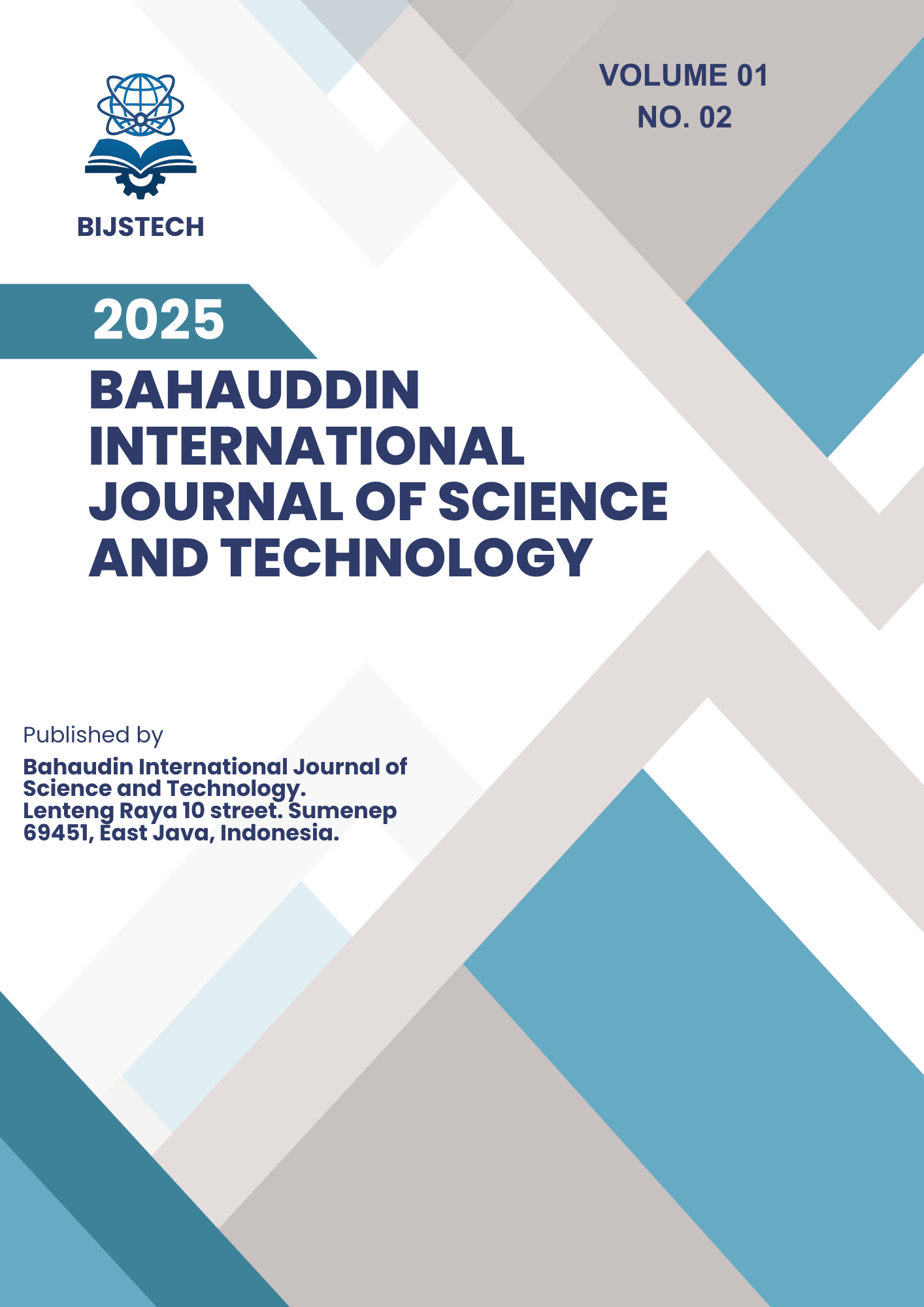Salt House Prototype Design to Optimize Drying Time
Keywords:
Salt House Prototype Design, Internet Of Things, Pahl And BeitzAbstract
Salt is a food ingredient that cannot be separated from human life. The process of making salt begins by evaporating seawater until salt crystals remain over a period of 3-4 months. However, there are still some problems that occur throughout the process, which impact the quantity and quality of the product. Weather factors such as rainfall, sea waves, environmental temperature, limited sea water resources, limitations of traditional technology, and the need for human labor to supervise and control each salt production process. Based on these problems, the design and manufacture of a prototype salt house based on the internet of things was carried out. The method used in this research is the Pahl and Beitz method, the stages in the Pahl and Beitz method include the following: a) designing and explaining tasks, b) designing product concepts, c) designing product shapes, d) designing details. The results of the internet of things based salt house prototype design were obtained: The geometric size of this tool is 70 cm x 30 cm x 30 cm. with supporting dimensions: PTC heater, Eps 32 microcontroller, DHT22 sensor and DS18B20 sensor. Simulation results of the salt house prototype showed that the fastest salt crystallization process at a minimum sea water volume of 20 ml with a temperature of 29,30,31 and humidity 80.3%, 82.7%, 84.1% was 22 hours, at a maximum seawater volume of 135 ml with temperature 29,30,31 and humidity 96.6% 91.7%, 96.6% is 27 hours.

